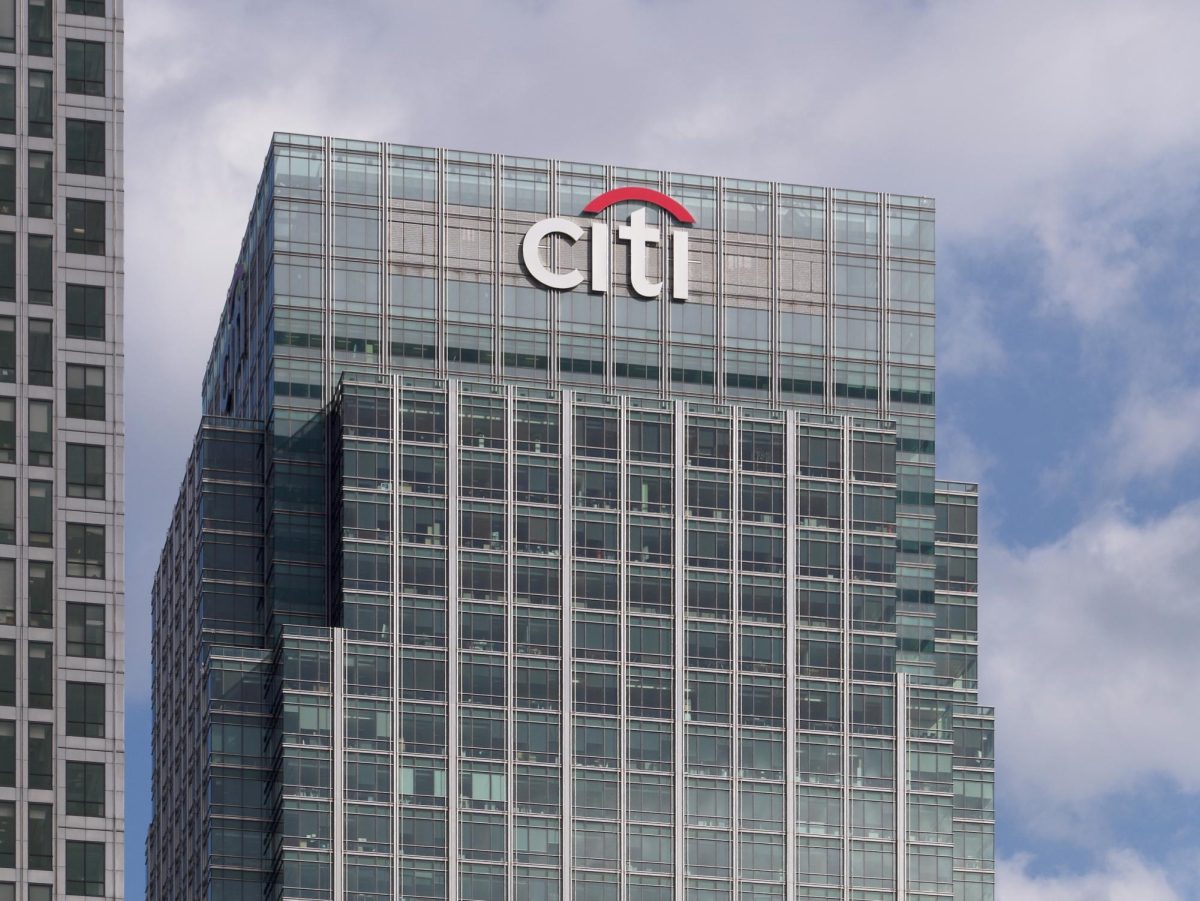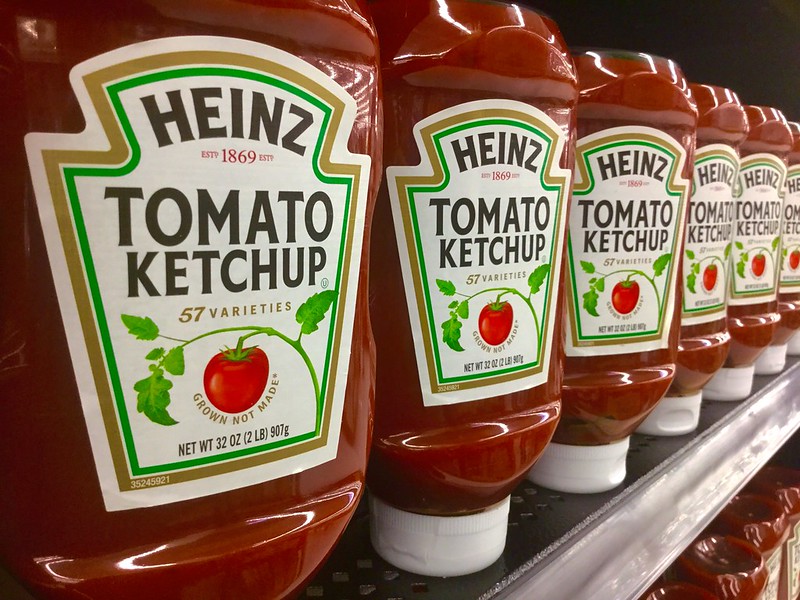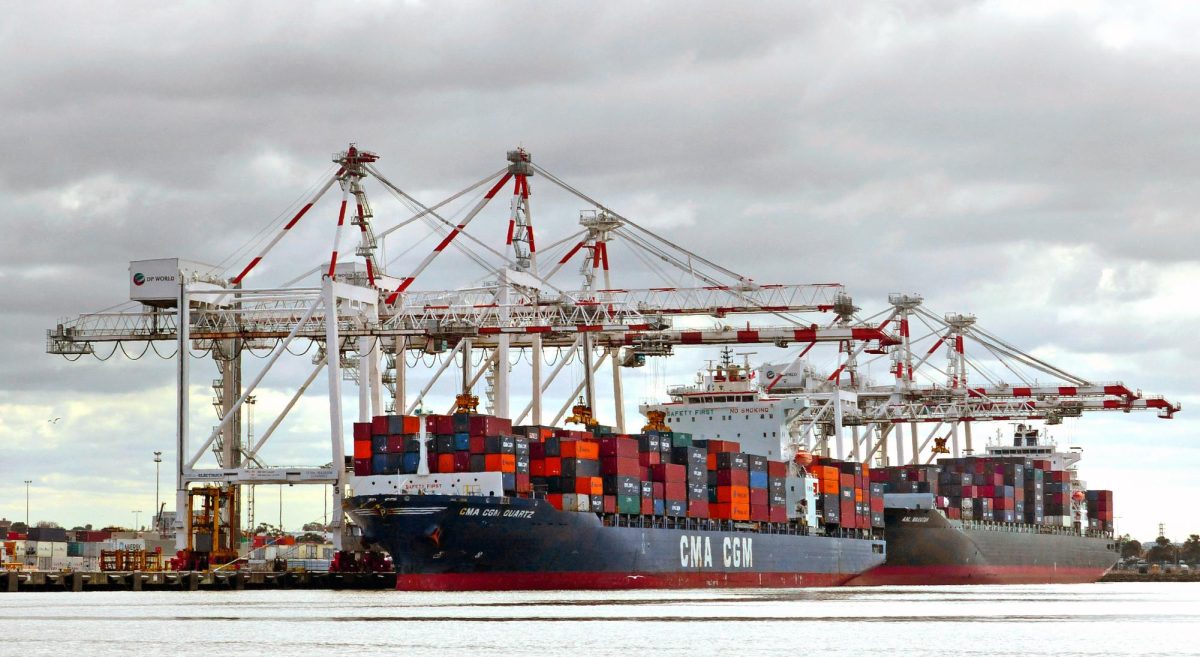For the first week of December, investors heavily focused on the oil markets, witnessing oil prices rally to recent highs.
WTI Crude’s stock went up over the two weeks leading up to Dec. 4 to $46.26, its highest level since the COVID-19 pandemic began. Brent Crude, its global counterpart, ended the same market day 4 at $49.25. The gains in oil came as OPEC + agreed to increase production at a slightly lower rate than analysts expected at just 500 KBD,a commonly used unit meaning 1000 barrels per day, versus the expected 2,000 KBD.
Other bullish news contributing to the rally in oil prices included a new study released by Goldman Sachs Group Inc. The bank showed that by the end of the second quarter of 2021, a large-enough share of the developed world should be vaccinated for herd immunity to begin to kick in.
This level should be reached by March in Britain, April for the United States and Canada, and May for the European Union, Japan and Australia. Traders are optimistic this will help oil demand bounce back to pre-pandemic levels.
The good news for oil demand is that alongside recent draws in crude storage in Cushing, Oklahoma, which is the delivery point for NYMEX WTI settlements, overall WTI net long positions, bullish positions minus the bearish ones, reached their highest levels since August. All this optimism is in hopes that demand returns in 2021, however, there are a few near term risks that might reverse this bullish trend.
Most U.S. refineries are guiding runs, or the amount of crude oil they process, down in the last quarter of 2020 as margins continue to remain weak given low demand for products, high product inventories and tight crude differentials, the difference in prices between benchmarks.
In addition, many of the mid-continent refineries are expecting Western Canada Select to make up a larger percentage of their crude slate as Canadian production ramps back up, further reducing demand for light barrels.
On the supply side, there is even more bearish news. Libya is ramping up production as stability returns and will be exempt from any OPEC+ curtailments. Norway is also adding 134 KBD by Jan. 1 as production curtailments are lifted.
In the United States, E&P, oil exploration and production, companies are restarting activity and drilling for the first time since the pandemic, leading many to expect a significant bump in production during the fourth quarter.
Traders are waiting to see if the recent rally in prices was premature. Despite the optimism surrounding the COVID-19 vaccine news, bearish factors continue to exist, which could erase the gains seen in the past few weeks. Rising production, both abroad and domestically, coupled with lower-than-expected refinery utilization and new lockdowns across the U.S. could spell trouble for the oil markets in the next couple of months.








